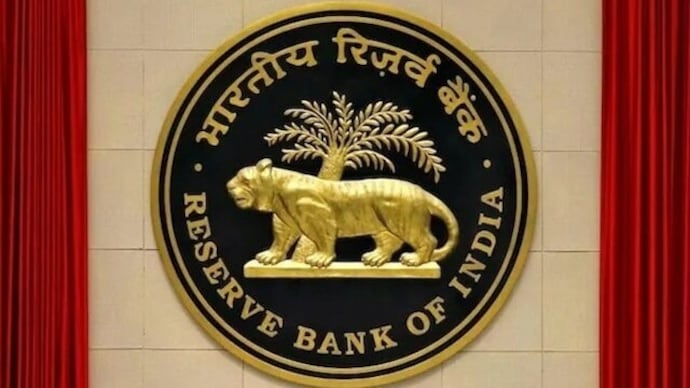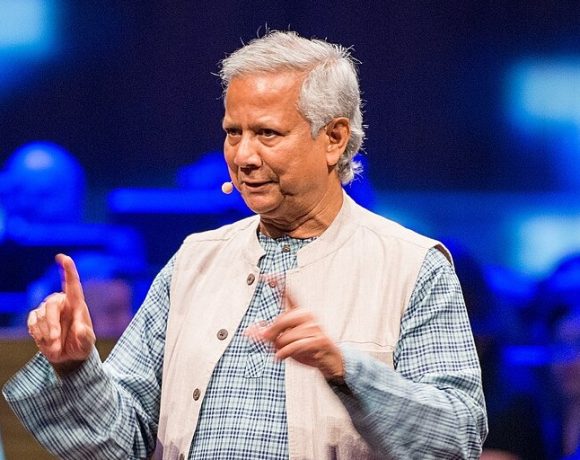
RBI Reduces Repo Rate to 6.25% to Stimulate Economic Growth
In a move to invigorate the slowing economy, the Reserve Bank of India (RBI) has reduced its key policy rate for the first time in nearly five years. The Monetary Policy Committee (MPC) unanimously decided to lower the repo rate by 25 basis points, bringing it down to 6.25%. This decision reflects the central bank’s shift towards a more accommodative monetary policy stance.
Rationale Behind the Rate Cut
The RBI’s decision comes amid concerns over decelerating economic growth. Recent data indicates that India’s Gross Domestic Product (GDP) growth has slowed to 5.4% in the quarter ending September, marking the lowest rate in nearly two years. The government has revised its annual growth projection to 6.4% for the current fiscal year, down from the previous estimate of 8.2%. The central bank aims to stimulate economic activity by making borrowing more affordable for businesses and consumers.
Inflation Dynamics and Monetary Policy
While retail inflation remains above the RBI’s target range, it has been on a declining trend, reaching a four-month low recently. The central bank anticipates that inflation will continue to ease, providing room for monetary easing. The MPC emphasized that a less restrictive monetary policy is appropriate at this juncture to support growth while ensuring price stability.
Impact on Financial Markets
Following the rate cut, Indian financial markets responded positively. Interest rate-sensitive sectors, such as financials, automobiles, and real estate, experienced gains. The Nifty 50 index rose by 0.35%, while the BSE Sensex added 0.28%. However, the Indian rupee continued to face pressure, trading at 87.47 per U.S. dollar, close to its record low. Analysts caution that while the rate cut may boost domestic demand, it could also widen the interest rate differential with the U.S., potentially leading to capital outflows and further currency depreciation.
Future Outlook
The RBI’s move aligns with expectations from economists and market participants who had anticipated a rate cut to address the economic slowdown. The central bank has also announced measures to inject liquidity into the banking system, including bond purchases and dollar-rupee swaps, totaling approximately 1.5 trillion rupees. These actions aim to ensure adequate liquidity and facilitate effective transmission of the rate cut.
The central bank’s balanced approach seeks to support economic growth while maintaining vigilance over inflationary pressures and external vulnerabilities. The effectiveness of this policy adjustment will depend on various factors, including global economic conditions, domestic demand dynamics, and the trajectory of inflation.

















